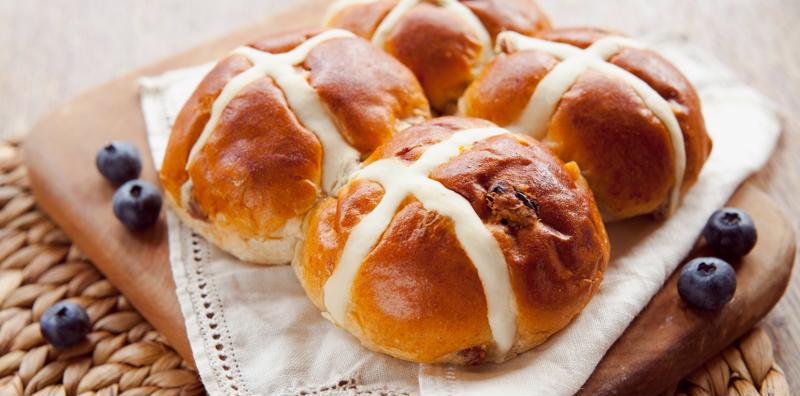Spring has sprung in Colorado (and elsewhere), and with it comes the usual circuit of religious celebrations. From Easter brunch to pre-fasting Ramadan feasts, Boulder culinary students who want to get into the spirit of spring holidays can draw inspiration from the dishes served at these annual celebrations.
Easter
Colorado has a sizeable Christian population, and just as many people who are eager to indulge in chocolate Easter bunnies and jelly beans – both of which have interesting histories. The holiday is also a great excuse for families, friends and communities to come together around a hearty meal. Restaurants and catering companies can encourage patrons to celebrate the holiday and the various days of importance leading up to it by serving some classic Easter dishes.
The hallmark of an Easter meal is home cooking-style dishes such as honey-glazed ham, roasted rack of lamb and potato casseroles. If you happen to serve brunch, you’re already at an advantage. Wholesome breakfast dishes such as eggs benedict and fruit salad with parfait are popular choices. There’s also Italian Easter bread, which you can serve in the traditional braided ring, like in this recipe from Delish, or as individual loaves, a la Cristina’s Cucina’s recipe. Earn bonus points among your Christian patrons for offering a fish special on Good Friday (the Friday before Easter), when meat and poultry are traditionally avoided.
Passover
The traditional dishes served during this week-long celebration are crafted around kosher requirements, and one of the more challenging elements is cooking without flour. Technically, matzo – which is an unleavened flatbread often used in matzo-ball soup – uses flour, but only certain types that have been supervised to ensure no fermentation has occurred. But matzo is the exception.
Many of the traditional foods served during the Passover Seder include gefilte fish (poached fish dumplings), brisket and a type of casserole called potato kugel. A traditional Seder plate, meanwhile, contains several symbolic foods such as Charoset (medley of dried fruit or apples, nuts, cinnamon and other mixed spices) and Zeroah (a piece of roasted lamb shank bone) just to name a few. It’s worth keeping your Jewish customers in mind with a few kosher options on the menu during the Passover celebration.
 Hot cross buns are another popular spring-season dish.
Hot cross buns are another popular spring-season dish.Suhur
During Ramadan, which starts in early May in 2019 and lasts until early June, some restaurants and bakeries extend their hours by opening before sunrise or closing after sunset. This is because many Muslims fast from sun-up to sun-down (not even water is on the menu). The first meal of each day is called Suhur, and it’s also the last meal until the sun has fully set.
Adherents of the Islamic faith usually enjoy Suhur at around 4 a.m., or just before dawn, and will eat foods that are rich in complex carbohydrates (rice and bread), contain plenty of protein (meats, beans and legumes), hydrating vegetables (cucumbers, lettuce) and fruits that are rich in potassium (melon, prunes, dates, etc.). While sweet foods are generally avoided as part of Suhur, the occasional post-dusk pastry is fair game.
Ram Navani
The Hindu celebration of Ram Navani takes place in the spring months to commemorate the birth of the god Rama. Traditional cuisines during this time might include potato curry, neer mor – a cooling, spiced buttermilk beverage form the South of India – and coconut laddoo, a sweet made from milk, sugar and coconut shaped into a truffle-like ball.
It probably wouldn’t make sense to serve neer mor, a Seder plate and Italian Easter Bread on the same menu – although that could be an interesting and unique take on ushering in spring – but it’s certainly worth knowing about these seasonal delicacies. If nothing else, they can act as a source of inspiration for certain menu items, and add a layer of cultural depth to your knowledge of the culinary arts.



